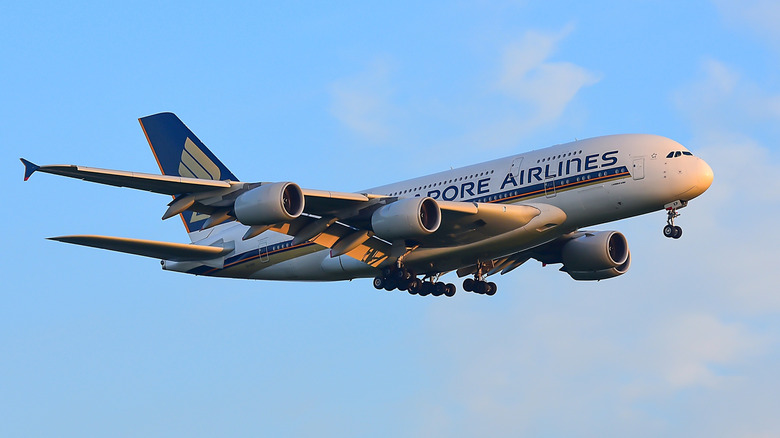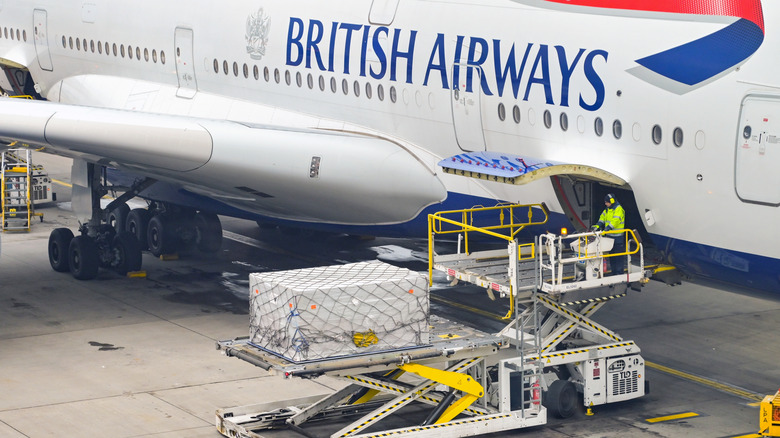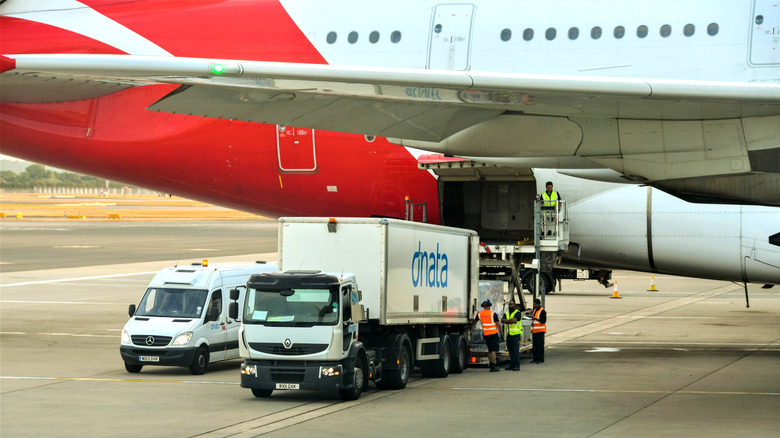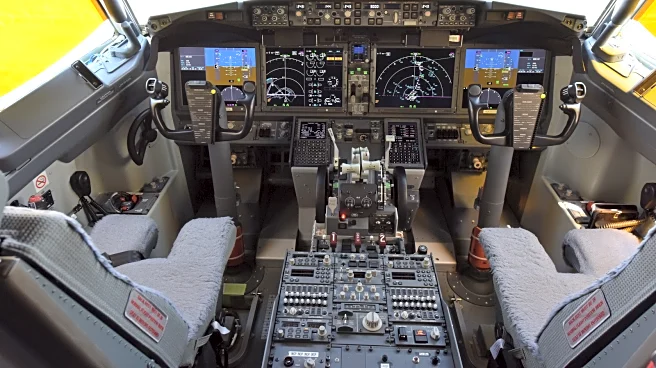
On October 25, 2007, the Boeing 747's 37-year reign as the world's largest passenger plane came to an end when the first commercial flight of the Airbus A380 took off. Close to two decades later, the A380 continues to hold on to that title. Given that there are no current plans to develop a bigger passenger aircraft, it is likely that the A380's record will remain unchallenged for the foreseeable future. The Airbus A380 is a truly gargantuan machine, and currently holds several records.
As of 2025,
the only actively flying aircraft that exceeds the A380 in size and maximum take-off weight is the Stratolaunch Roc. Ukraine's Antonov AN-225 "Mriya" was the only other plane that exceeded the A380 in size, weight, and maximum takeoff weight. Unfortunately, the only AN-225 was destroyed during the ongoing Russo-Ukrainian war. As for the Stratolaunch Roc, while it is technically a bigger plane, it cannot be directly compared to the A380 thanks to the sheer differences in design and purpose.
As the world's largest passenger aircraft, the numbers associated with the A380 are truly mindboggling. It is 238.5 feet long (72.73 meters), has a wingspan of 260 feet (79.80 meters), and stands at 79 feet (24.10 meters) tall. The aircraft has a maximum takeoff weight (MTOW) of 569,000 kg (569 tons) or 1.254 million pounds, easily making it the heaviest passenger aircraft ever.
Read more: 10 Airplanes That Managed To Fly With Staggeringly Low Horsepower
How Much Cargo Can The Airbus A380 Carry?

The A380's cargo capacity -- despite being the world's biggest passenger plane -- isn't the largest among passenger planes. To the average layperson, the term cargo capacity typically means the total amount of cargo (passenger luggage + commercial cargo) that can be loaded onto an aircraft. However, the airline industry defines cargo capacity as the space available for commercial freight after all passenger bags are loaded onto the plane. Once you've loaded all the passengers' suitcases and bags into the belly of the A380, there's only about 1,071 cubic feet left for commercial cargo, which works out to roughly 8,500 pounds. That makes the A380's belly cargo allowance the tiniest among major long-haul planes.
In comparison, the Boeing 747-8 (3150 cubic feet/25,200 pounds), Airbus A340-600 (3366 cubic feet/26,928 pounds), and the Boeing 787 (2448 cubic feet/19,584 pounds) offer larger cargo capacity. Those numbers, of course, are estimated ballpark figures that change depending on the overall average passenger load and seating configurations.
Lufthansa is one of the few airline operators that publicly lists the available cargo capacity on its passenger planes. In Lufthansa's fleet, the A380 -- with the capability to carry 25,066 pounds of cargo -- comes in 9th, behind smaller planes like the Airbus A350-900 (33,333 pounds), the Boeing 787-9 (33,148 pounds), and the Boeing 777-200 (30,644 pounds). In Lufthansa's fleet, the highest cargo payload is offered on their Boeing 747-8, with a total capacity of 37,302 pounds.
Does The Airbus A380 Have The Largest Overall Capacity For Luggage And Cargo Combined?

Given the sheer size of the A380, its belly size isn't even the largest among all passenger planes flying today. According to Aircraft Commerce (link will download a PFD onto your device), with 6,732 cubic feet of total belly volume, it's the smaller Boeing 777-300/777-300ER series that offers the greatest belly volume among passenger aircraft. The passenger version of the Boeing 747-8 -- despite its large size -- comes in second place, with 6,650 cubic feet of belly space. One of the longest passenger planes in the world -- the Airbus A340-600 -- also gets a cavernous belly space, offering 6,426 cubic feet of belly volume.
Unlike the earlier metric of total cargo capacity in which the Airbus A380 came in at the 9th spot, in terms of total belly volume, the A380 does pretty well, offering 5,814 cubic feet of belly volume, and eventually making it to fourth place among passenger aircraft. As revealed earlier, most of this 5,000 plus cubic feet of volume is taken up by passenger luggage, leaving just 1,071 cubic feet of volume for cargo space on the A380.
So, no, the world's largest passenger plane does not have the largest belly space for carrying luggage and cargo, nor does it offer the most space for loading cargo.
Want the latest in tech and auto trends? Subscribe to our free newsletter for the latest headlines, expert guides, and how-to tips, one email at a time.
Read the original article on SlashGear.












